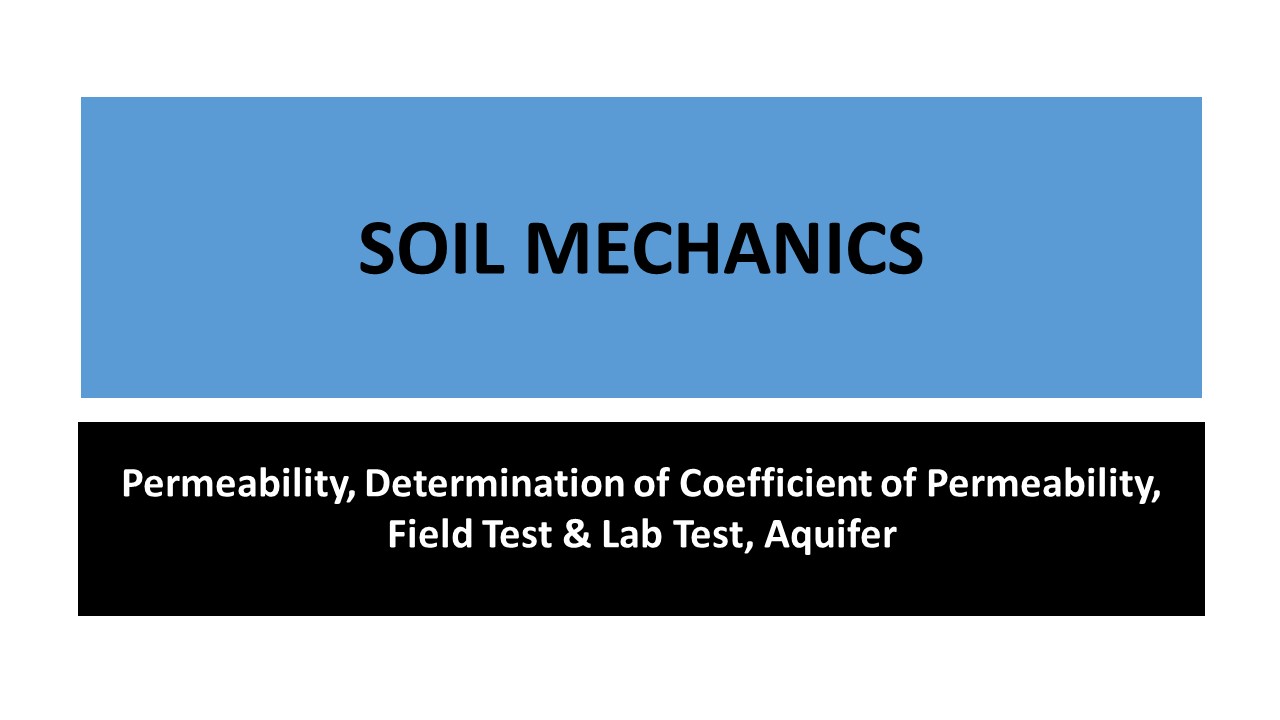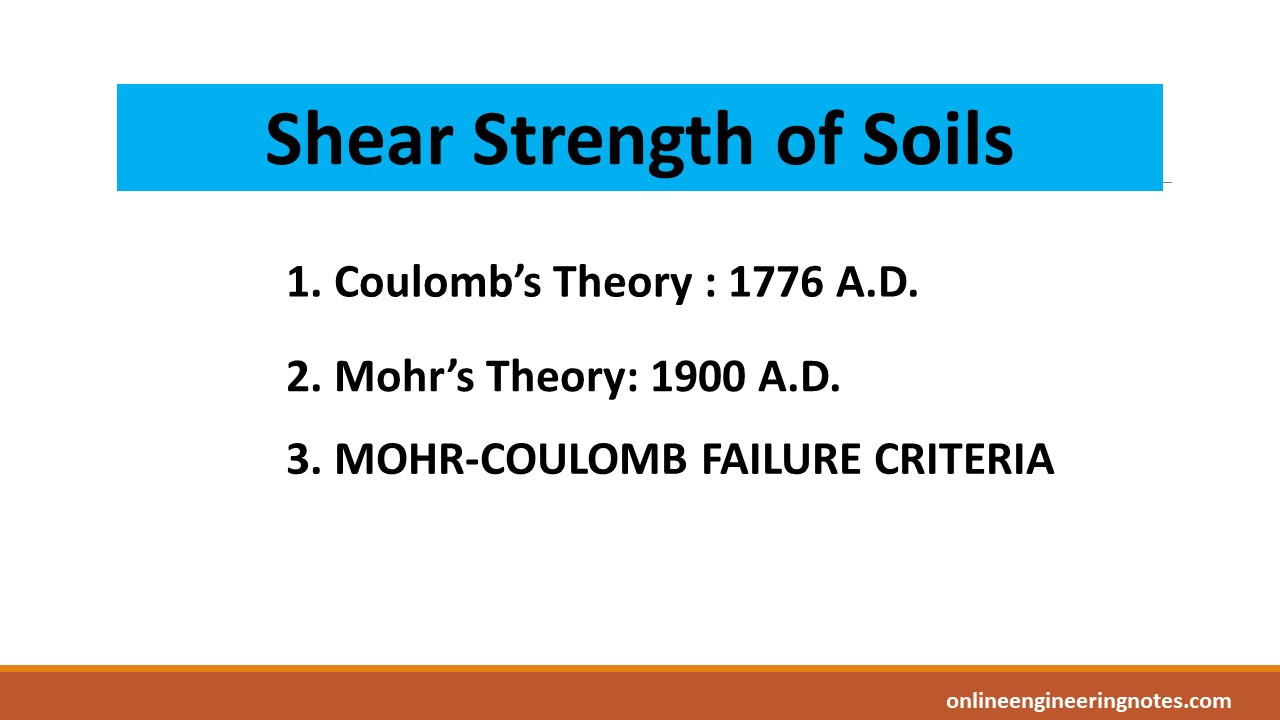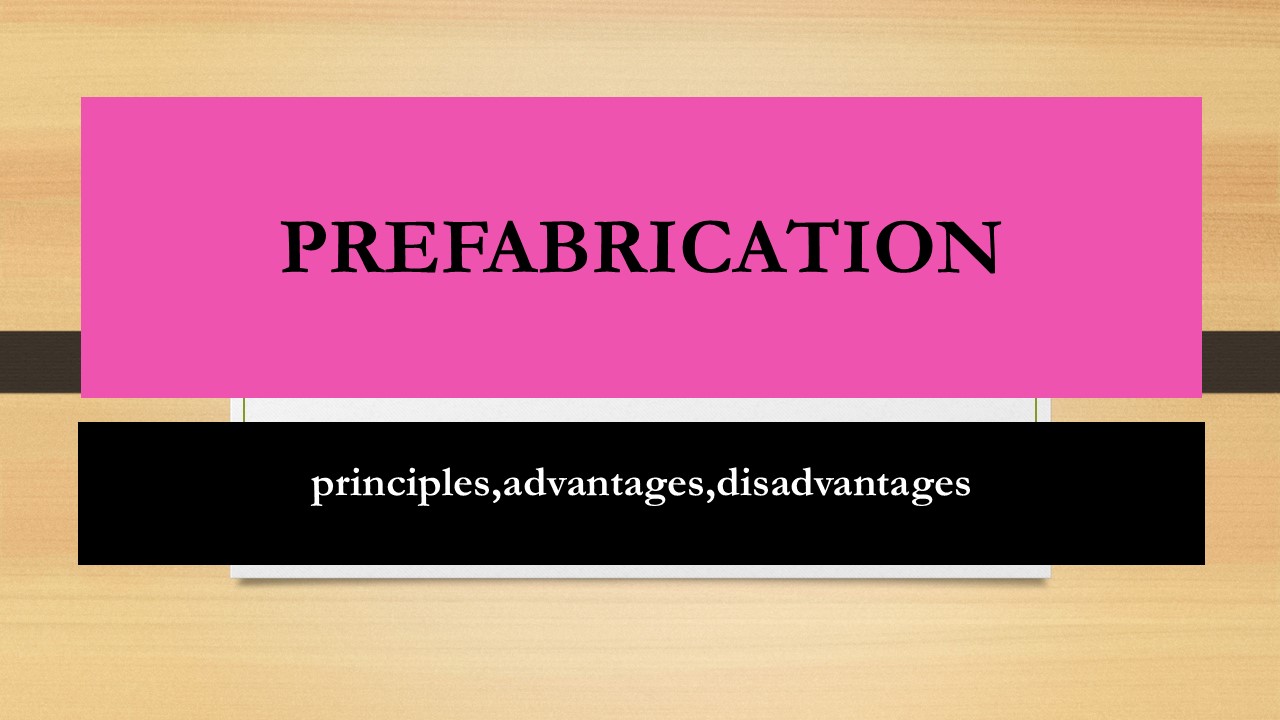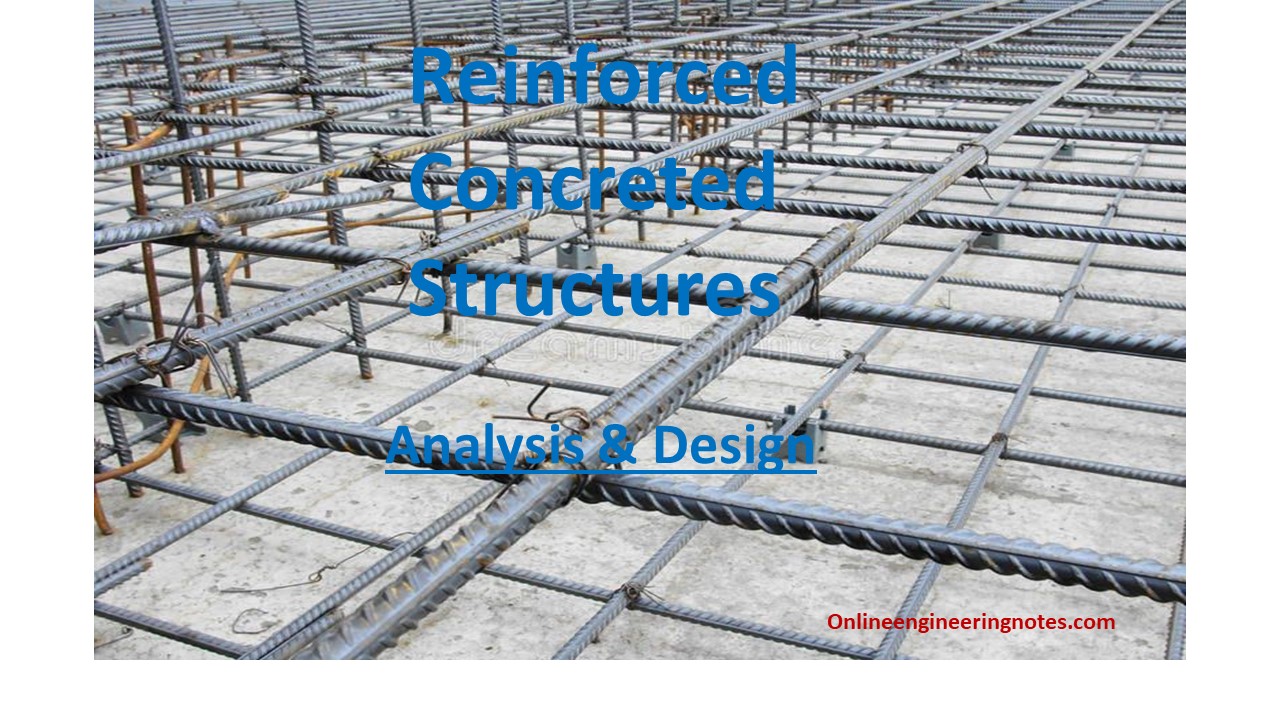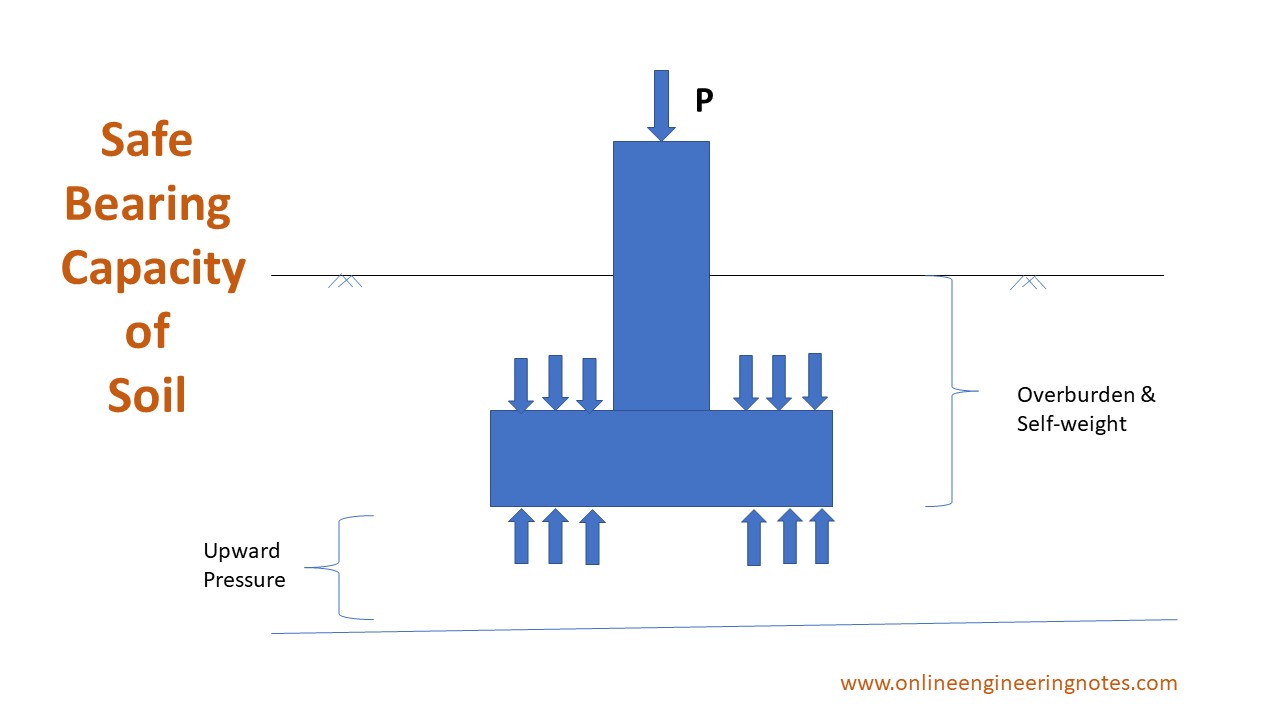SOIL MECHANICS: Permeability, Determination of Coefficient of Permeability, Lab Method & Field Method, Confined & Unconfined Aquifer
Water has the most significant effect on the behavior of soil. Gravitational water: Percolates through the soil under gravity Pore water pressure at GWT = 0 Soil above GWT is saturated by capillary action (pore water pressure is tensile and negative = -ϒwh) Above GWT – impervious formation above- local saturation Water occurring at local … Read more

